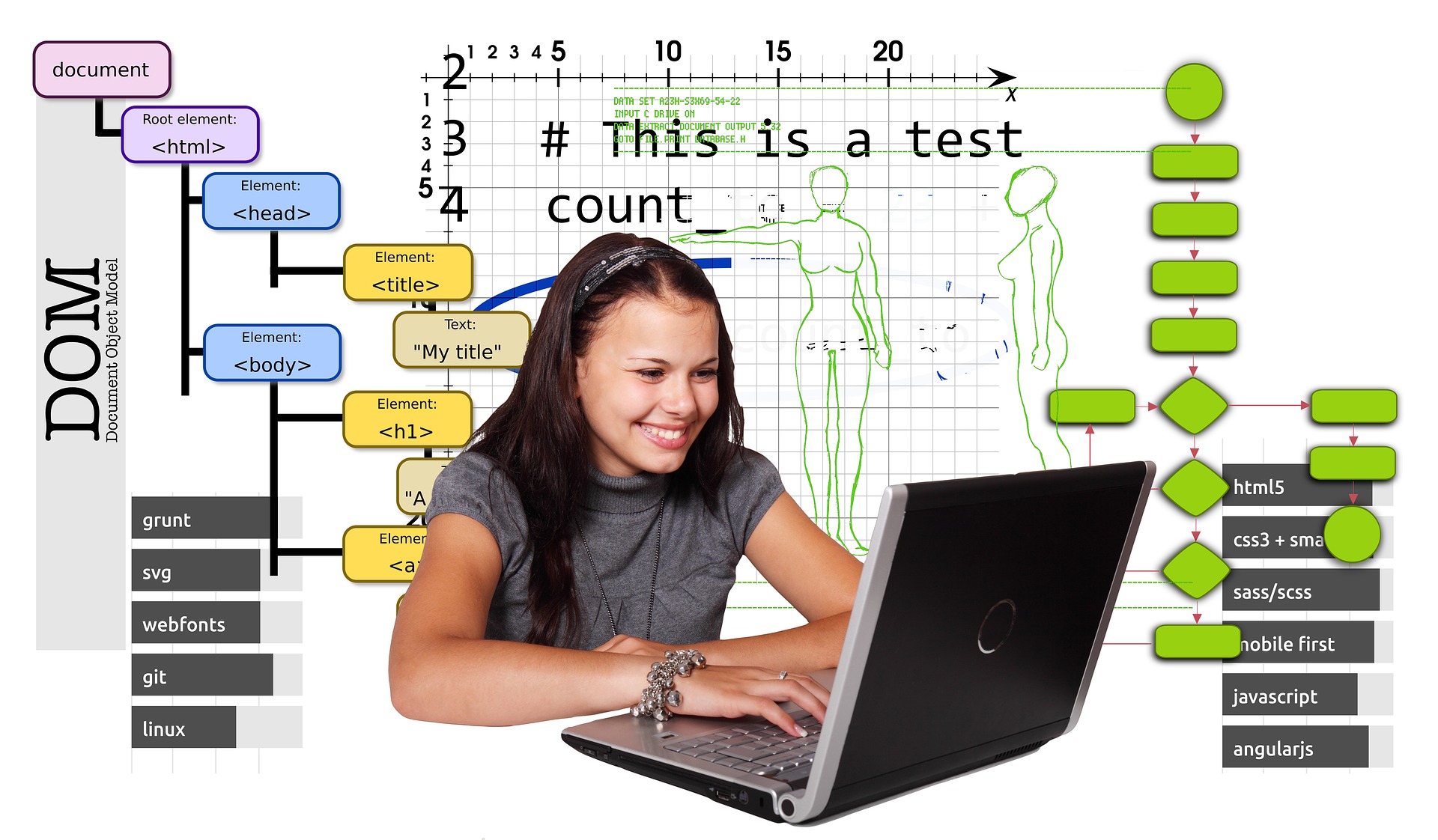PILOTING HAS BEEN DONE!
The DIS-CODE – Disconnected, discouraged, disenabled? Let’s code! came to the crucial phase of pilot testing!
About 250 students from Italy, Belgium, Cyprus, Portugal and Czech Republic within the range 12-18 y.o. (junior and upper secondary school – 50 pax/country) have put into practice, under guidance of their 10 teachers, the Training plan, tools, resources and educational materials with 40h training sessions: please have a look into the open source Learning Management System (LMS) and get inspired on mathematics education and teaching and learning of coding!
Expectations and results from both teachers and students were higher than expected: edutainment, active learning, learning by doing were recurring successful themes on the delivery of pilot test!
The method of the flipped classroom resulted as an effective use of ICT to support students’ learning, student driven learning environment and student collaboration for project-based learning, by leading to equal opportunities for students to receive education and use innovative and new methodologies in ICT in the educational system.
Then, by using coding for the development of numerical and digital skills, and by feeling involved in a European-wide environment, we can say students felt a better accomplishment and personal satisfaction into their lives leading to a more active participation at school and better results in their curricula. They generally liked the DISCODE approach, even the most difficult students were motivated and satisfied, although some of them were feeling even more far away from the average of fellow classmates and overloaded from studying math and ICT together. As a comparison of the different experiences and levels of engagement of students, it seems that the sooner is possible to use such an “inclusive” approach the better it is, both in terms of promptness to cope with learning problems and in terms of flexibility and freedom of the teacher in relation with the curriculum.
Also results of teachers were very good: they demonstrate to be willing to use others’ educational materials, going beyond linguistic/cultural differences, adapting them to their own specific context. From our experience, while is the student the center of the learning process, the teacher is the key enabler; s/he cannot be simply executor but needs to be active actor of the learning process; in order to motivate students to get innovative and challenging learning opportunities.
Interested in following up and learning more about the DIS-CODE project? Check out the website here and follow DIS-CODE on Twitter by using #DISCODE_eu.
